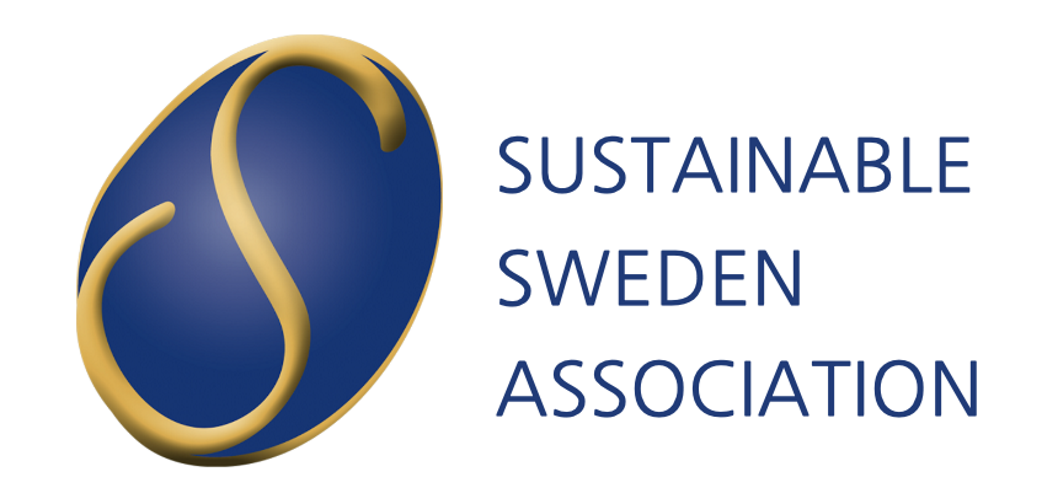The January 2015 Tour took place in the Eco-Province of Arauco, the Biobío region and Concepción in Chili between the 24th and the 31st of January. This time it was the Swedish Eco-municipalities that went abroad.
We arrived on the 24th of January and were welcomed by the Chilean representatives with whom we dined later in the evening.
The first day of work (January the 25th) was dedicated to presenting the concepts that form Ecomunicipality 5.0, which you can find explained here.
Afterwards, we experimented group works and theme-based exercises. Among these, we asked :
- How to make a Baseline Inventory ?
- SWOT Analysis
- Do we have any “good examples” or “low-hanging fruits” ?
- Are there any knowledge gaps ?
- How can we identify any potential “Golden Eggs” ?
On Monday the 26th we visited Talcahuano and Concepción. On this same day we also met CORFO, the Regional Authorities of Biobio, Chile’s National Office for Tourism (SERNATUR), and the Municipality of Arauco.
On Tuesday, the 27th, it was Cañete’s municipality that received us. We gave a conference about sustainable touristic destinations, and met with the previous participants from the 2012 tour in Sweden. A workshop with Torbjörn Lahti was also organized, as well as a meeting with the municipal authorities of Cañete.
On Thursday, (January 29th) we focused on presenting the group work that had been done since the first week, as well as assigning new tasks to the participants :
- Back-casting from sustainable principles
- Solutions and propositions towards a sustainable development
We also focused on project planning and design :
- Ordering long and short term priorities in order to implement these solutions. Where to find”Low-hanging fruits” and “Golden Eggs”
- Presentation of the Learning-planning-doing approach towards planning long term sustainable projects
- How to identify target groups and reach them when designing the project ?
With the help of Ecomuna we also organized three meetings during the tour :
The first one presented the base-line inventories and needs. After the presentation, we discussed the visions and solutions which was the next step for the second meeting
The second meeting presented these visions and solutions that had been talked about during the first meeting, and brought us to the topic of Priorities : long and short-term planning.
The third meeting presented the programs that had been established during the tour, including a Capacity Building Plan, “Golden Eggs”, and a plan for each of the identified challenges and opportunities.
The Tour ended with a visit to the Ecoescuela El Manzano (Eco-school) in Cabrero, on Saturday the 31st. It was an opportunity to discover a practical way in which sustainable education can be achieved.
